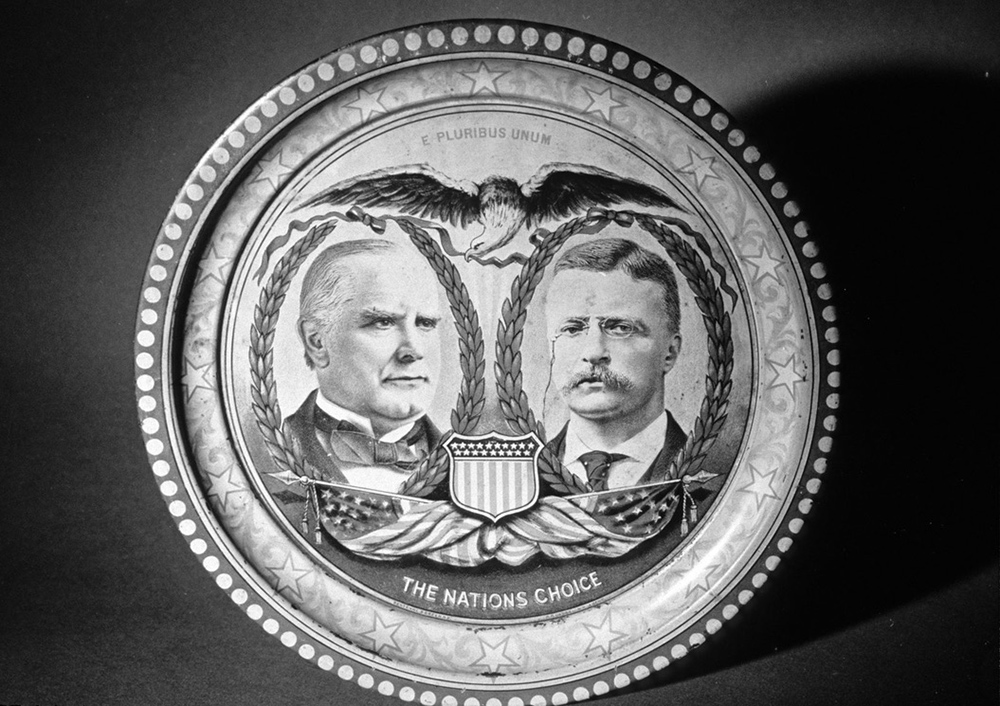A Look Back
By Fred Miller
One hundred and twenty years ago, February 28, 1901, the Ocean City Sentinel reported, “Many Republicans of this city are anxious to attend the inaugural ceremonies at Washington, when President McKinley for the second time takes the oath of office. Already a number have arranged for accommodations and others will go along without making any preparations. It may seem surprising when you stop to think of it, but the important occasion occurs next Monday.”
It was not surprising that many Ocean City people wanted to attend McKinley’s second inauguration. He was very popular here easily winning in 1896 and 1900. On November 6. 1900, he received 312 votes while his opponent, William Jennings Bryan, received only 56 votes.
In the 1900 election, President McKinley, 57, carried with him New York Governor Theodore Roosevelt, 42, as his new Vice President, and retained Republican majorities in both houses of Congress.
Everyone took the train to Washington and many responded to this ad: “Few short journeys are as interesting as a trip to Washington, the nation’s capital, and such a trip can be made most satisfactorily by participating in the three-day personally conducted tours of the Pennsylvania Railroad. Round trip rate, covering railroad transportation for the round trip, meals en route, transfer of passengers and ordinary baggage to hotel, hotel accommodations and guides, services of experienced tourist agent and chaperon, in short, every item of necessary expense, $11.50 from Philadelphia.”
Article II, Section 1 of the Constitution requires that before president can assume their duties they must take the oath of office. The completion of this thirty-five word oath ends one president’s term and begins the next.
At noon on Monday, March 4, 1901, President William McKinley placed his hand on a Bible and took the oath of office repeating the same words that George Washington spoke on April 30, 1789: “I do solemnly swear that I will faithfully execute the Office of President of the United States, and will to the best of my ability, preserve, protect and defend the Constitution of the United States.”
From the day George Washington placed his hand on the Bible and recited the oath, the inaugural ceremonies have been an important symbol of our government’s continuity and permanence.
President Washington took his second oath of office on March 4, 1793 and every president took the oath on that date (March 5, if March 4 fell on a Sunday) until 1937.
In eighteenth century America it seemed reasonable to set aside four months between the election and the inauguration. This provided enough time to tally the votes, to have the electoral college members send their ballots to Washington, and for the president-elect to organize the new government.
In 1933, it was decided the four months between the election and the inauguration was too long. The Twentieth Amendment to the Constitution changed the date of the presidential inaugurations from March 4 to January 20.
On January 20, 2021, Joseph R. Biden Jr. will place his hand on the Bible and take the oath of office and become our country’s 46th president. There will be much to celebrate, for once again, America’s political torch will be passed in peace.






